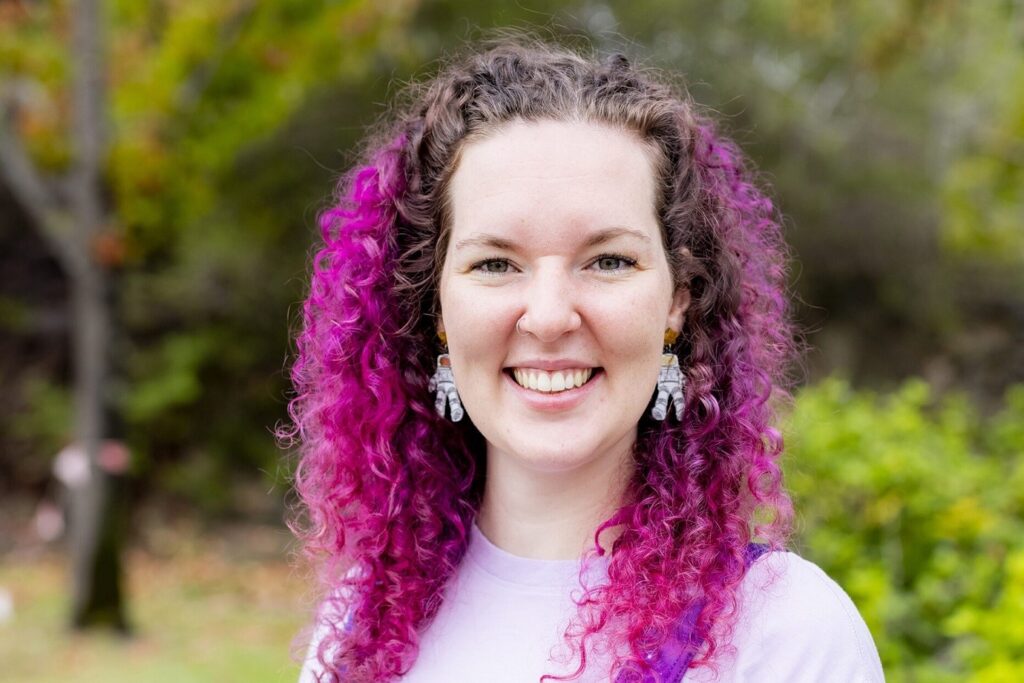The achievements of Australian female scientists are almost entirely omitted from high school textbooks, a new study has found.
Despite millions of taxpayers dollars being spent to encourage young women into the STEM field, researchers warn this lack of female representation in the Australian curriculum is furthering the gender gap.
The study was conducted after lead researcher, Dr Kat Ross from Curtin University realised that the woman who “basically discovered” radioactivity- Marie Curie- wasn’t eve mentioned in the radioactivity section of a NSW high school syllabus.
Dr Ross had been training teachers for a physics syllabus in 2018 when she learned of this shocking oversight and began to wonder who else wasn’t being mentioned in students’ lessons.
Herself and seven other researchers from Curtin University and the Australian National University (ANU) looked further into this disparity by analysing the curriculum of the four year 11 and year 12 STEM subjects taught in Australian schools- biology, chemistry, physics and environmental science.
“Across Australia there are around 150 male scientists mentioned. And there’s only one female scientist that’s mentioned at all,” Dr. Ross said, speaking to the study’s findings, published on Monday.
This female scientist being recognised is British chemist Rosalind Franklin, whose work was central to understanding the molecular structures of DNA. Franklin is named in coursework in Queensland, South Australia and the Northern Territory.
All other states and the ACT exclusively reference the scientific contributions of men– an issue that the report’s authors say is contributing to a low engagement of women in scientific fields.
Even though one third of the growth of Australia’s STEM-qualified workforce, which increased by 300,000 workers in the last 10 years, was driven by women, a 2023 Government report revealed that women only represent 15 per cent of the male-dominated industry.
Dr Ross said that this celebration of the “lone male genius” is an undervaluing of women’s work in STEM and leaves out important female role models for aspiring younger women.
“Year 11 and year 12 is such a critical stage for students to be thinking about what careers they’re pursuing,” she said.
“And for women, you’re essentially telling them if they want to pursue science … there’s no future for them because there’s no recognition or acceptance that women are even a part of science. That’s obviously very incorrect and a really damaging representation of scientists to be giving to women at such a critical stage.”
While the study’s research team are working with Queensland curriculum developers and have curated a list of women scientists they recommend adding to the syllabus, they say that this isn’t going to completely solve the issue.
Dr Ross says that meaningful change for systemic and structural barriers in science will only move forward by “highlighting the work of women” and “having a frank discussion about what it means to be a woman in STEM”.



